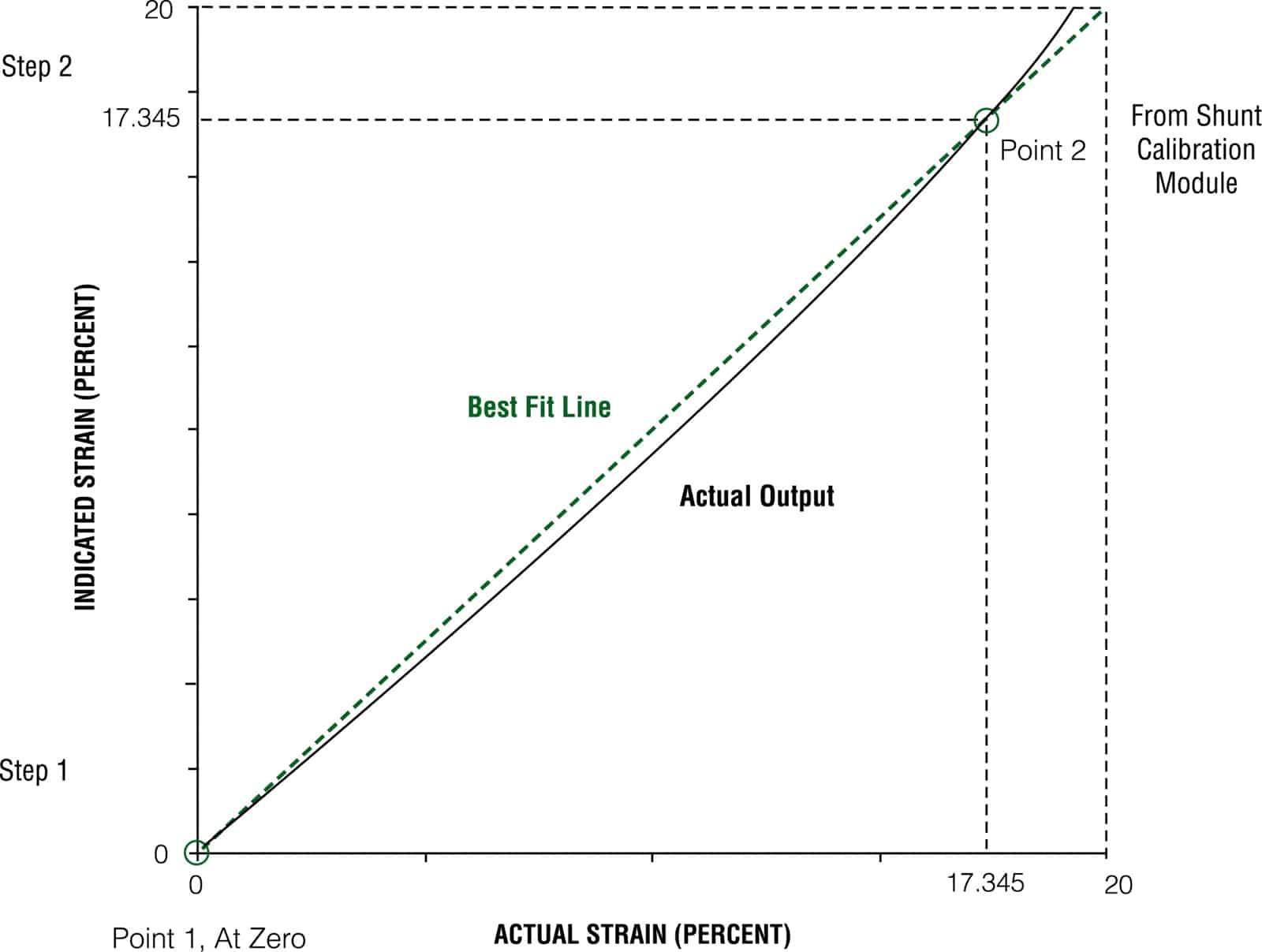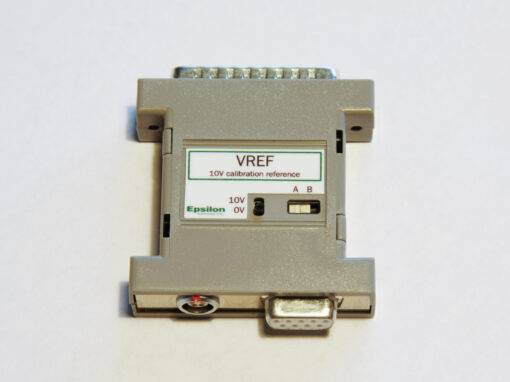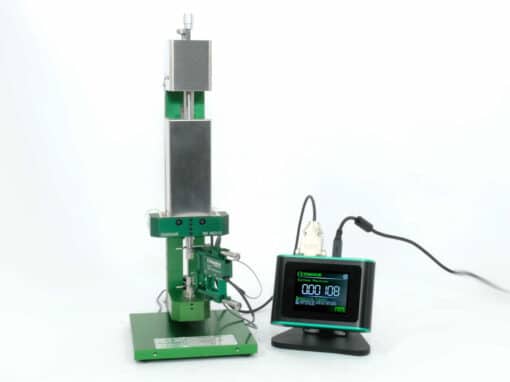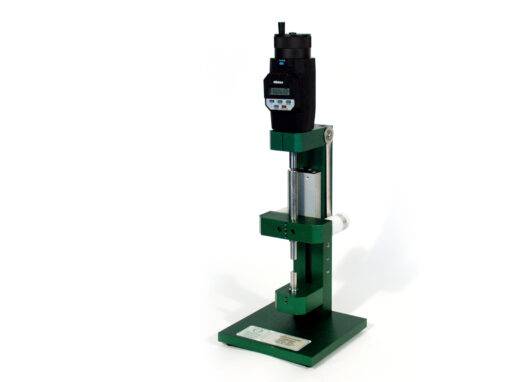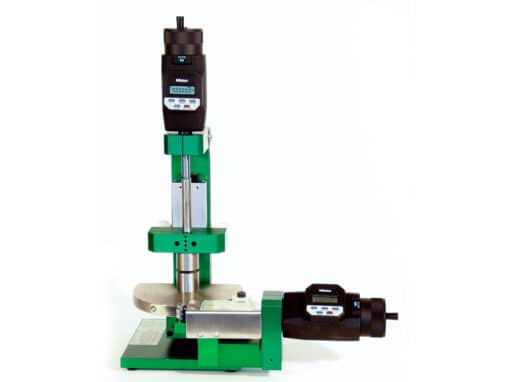Epsilon Shunt Calibration System – Model ESCS
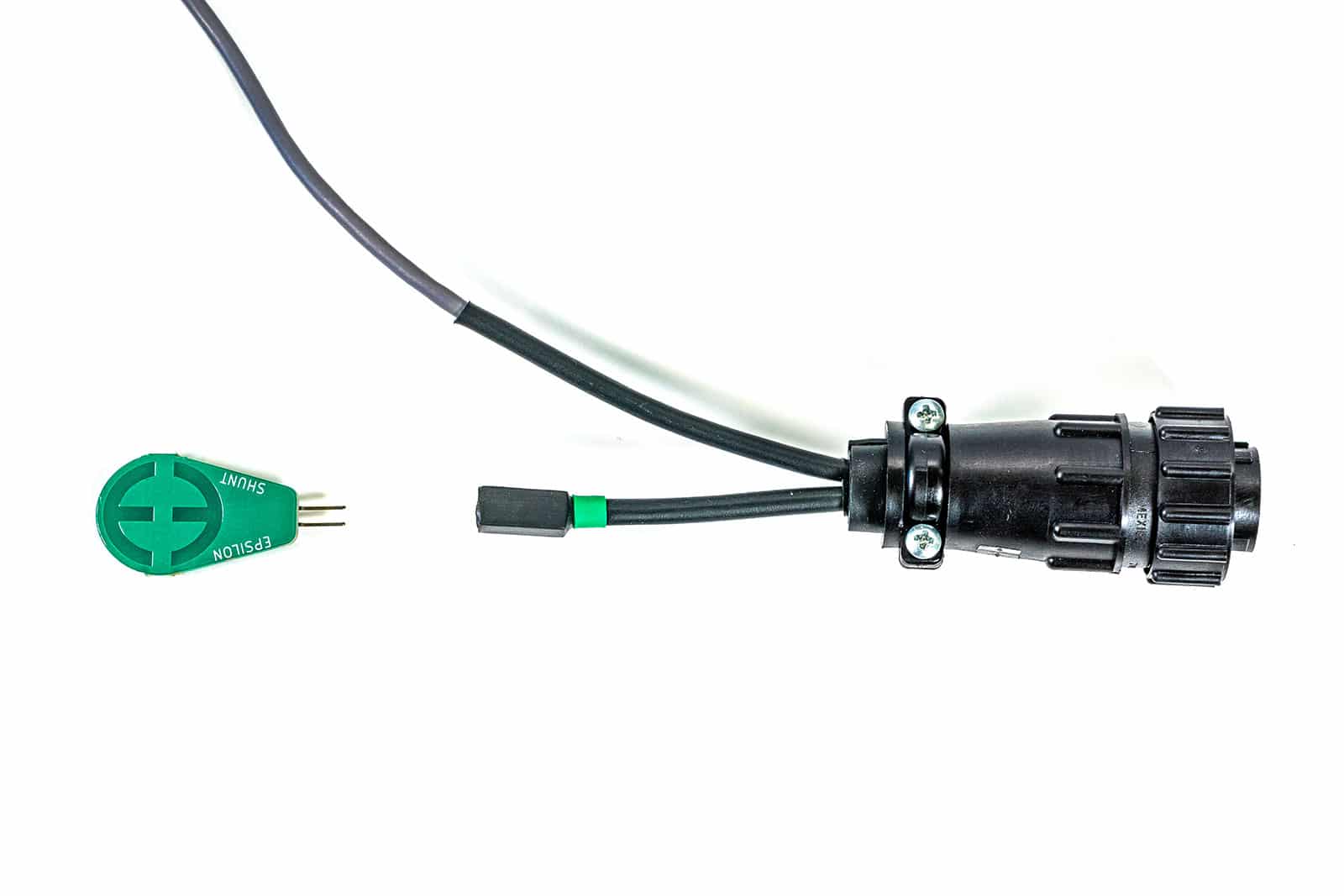
38 EXTENSOMETER MODELS are available in many thousands of variations. Our focus on helping customers has led to the development of models to cover nearly any test method.
Operation of these, and all of Epsilon’s extensometers, are
VERIFIED TO APPLICABLE STANDARDS SUCH AS ASTM E83 OR ISO 9513
using in-house calibration systems that are calibrated with Epsilon’s laser interferometer system.
WITH OVER 30 YEARS OF SERVICE
to the materials testing community, you know we will be there to stand behind our products when your critical application requires it.
What is shunt calibration?
The Epsilon Shunt Calibration System provides an easy way to calibrate an extensometer and signal conditioning electronics without using a mechanical calibrator. Shunt calibration enables performing on-site electrical calibration with nearly all types of controllers and electronics. It also makes it easy to periodically “spot check” the calibration of the electronics, which will help ensure that the extensometer and electronics are calibrated correctly.
Note that the Epsilon Shunt Calibration System does not replace the need for on-site verification using a mechanical extensometer calibrator such as the Epsilon model 3590VHR. On-site verification is required by many labs and testing standards.
Which extensometers include the Epsilon Shunt Calibration System?
The Epsilon Shunt Calibration System is included with every new Epsilon strain-gaged extensometer. Customers who would like Epsilon to add the Epsilon Shunt Calibration System to an existing extensometer that does not have it can send the extensometer to Epsilon for re-calibration. Epsilon will install the Epsilon Shunt Calibration System, perform a calibration, and return the retrofitted extensometer with a new Epsilon Test Certificate.
How does shunt calibration work?
The Epsilon Shunt Calibration System is used for two-point calibrations.
The first point is the extensometer’s gauge length.
The second point is the shunt calibration point. When the Epsilon Shunt is plugged into the Shunt Connector, the shunt resistor, which is located in the Shunt Connector, is electrically connected across one arm of the extensometer’s Wheatstone bridge. The result is that the extensometer’s output is electrically set to a known calibration point without having to mechanically displace the extensometer’s arms. The known calibration point is shown on the extensometer’s Test Certificate as the Shunted Reading, which was set at Epsilon using traceable mechanical calibrators and an accredited ISO 17025 calibration process.
To complete the shunt calibration, the signal conditioning electronics or software are adjusted so that the extensometer’s readout matches the Shunted Reading shown on the extensometer’s Test Certificate.
Using the Epsilon Shunt Calibration System is a simple two-step process.
- Set the extensometer to its gauge length and zero its output. This sets point 1 in the example graph.
- Plug the Epsilon Shunt into the Shunt Connector and adjust the signal conditioning electronics or software so that the extensometer’s readout matches the Shunted Reading on the extensometer’s Test Certificate. This sets point 2 in the example graph.
That’s all it takes.
Additionally, periodic recalibration of the extensometer may be accomplished by sending the extensometer to Epsilon for recalibration service.
Contact Epsilon about recalibration and Epsilon Shunt Calibration System retrofits.
Model Number:
ESCS
Related Models
Repairs/Service
If your unit is in need of service, calibration or repair, initiate the RMA process with us and we will be happy to assist.
Get Our Newsletter
Sign up for our newsletter to get the most up-to-date information on products and services.
Download Catalog
Our 2022 Extensometer Catalog, Version 110 is now available! Not finding something you’re looking for? Ask us about a custom quote.

